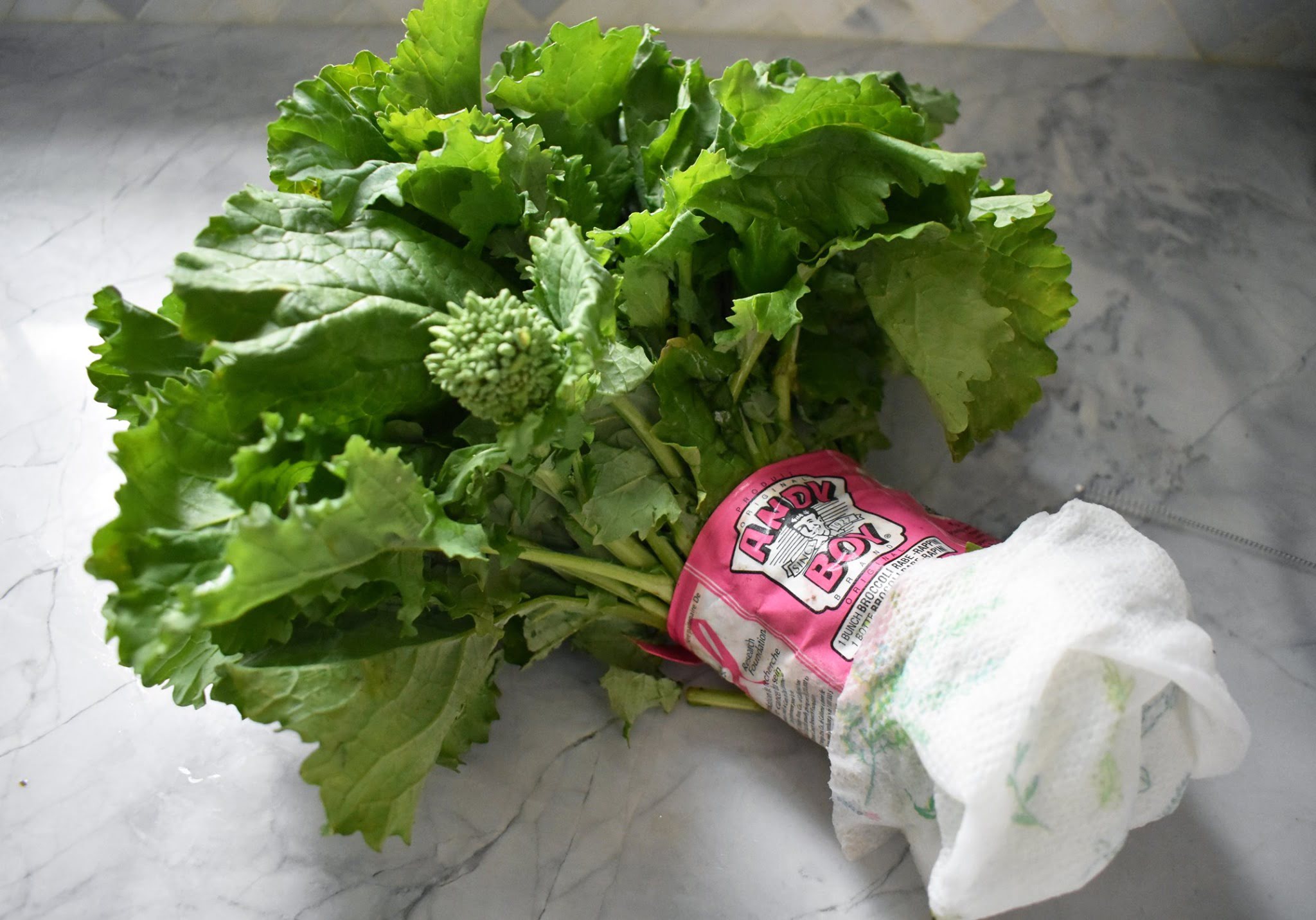

Articles
How To Store Broccoli Rabe
Modified: March 23, 2024
Learn the best methods for storing broccoli rabe with these helpful articles. Ensure your greens stay fresh and flavorful for longer with proper storage techniques.
(Many of the links in this article redirect to a specific reviewed product. Your purchase of these products through affiliate links helps to generate commission for Storables.com, at no extra cost. Learn more)
Introduction
Broccoli rabe, also known as rapini, is a nutritious and versatile leafy green vegetable that is commonly used in Italian cuisine. With its bitter and slightly nutty flavor, broccoli rabe adds a unique and vibrant taste to various dishes, such as pasta, stir-fries, and soups. Whether you have an abundant harvest from your garden or you found a great deal at the grocery store, learning how to properly store broccoli rabe is essential to maximize its shelf life and retain its freshness.
In this article, we will guide you through the process of storing broccoli rabe to ensure that it stays fresh and flavorful for as long as possible. From choosing the best broccoli rabe to the proper storage techniques, you’ll be equipped with the knowledge needed to enjoy this delicious vegetable at your convenience.
Key Takeaways:
- Store broccoli rabe by blanching, drying, and portioning before freezing in labeled bags. Thaw in the fridge for best results, ensuring long-lasting freshness and flavor.
- Choose fresh broccoli rabe, trim and blanch it, then store in freezer bags for convenient use in various recipes. Thaw properly before enjoying!
Read more: How To Store Broccoli In The Refrigerator
Step 1: Choose Fresh Broccoli Rabe
The first step in storing broccoli rabe is selecting the freshest and highest quality produce available. When choosing broccoli rabe, look for vibrant green leaves with firm stems. Avoid any broccoli rabe that has yellowing leaves or wilted stems, as this could be a sign of spoilage.
It’s also important to consider the smell of the broccoli rabe. Fresh broccoli rabe should have a crisp and earthy aroma. If you notice any unpleasant or sour odors, it’s best to avoid those bunches as they may be past their prime.
If you have the opportunity, try to purchase broccoli rabe from local farmers’ markets or reputable grocery stores. Locally sourced vegetables are often harvested at their peak freshness, ensuring better quality and taste.
Additionally, consider selecting broccoli rabe that has smaller and tender stems. These stems are less fibrous and will provide a more enjoyable eating experience.
By choosing fresh and high-quality broccoli rabe, you are setting the foundation for successful storage and maintaining its flavor and texture for longer periods.
Step 2: Trim and Prepare the Broccoli Rabe
Once you have selected fresh broccoli rabe, it’s time to trim and prepare it for storage. This step is crucial for preserving the vegetable’s texture and taste.
Start by rinsing the broccoli rabe under cold water to remove any dirt or debris. Gently shake off any excess water and pat the leaves dry with a clean kitchen towel or paper towels. It’s important to ensure that the broccoli rabe is completely dry before proceeding to the next step.
Next, trim off any tough or woody stems from the broccoli rabe. Use a sharp knife or kitchen shears to remove the lower portion of the stems, about 1-2 inches from the base. This will help improve the overall tenderness and make it easier to handle and cook.
It’s also a good idea to remove any yellowed or damaged leaves from the broccoli rabe. These leaves can affect the freshness and quality of the vegetable during storage. Simply pluck them off using your fingers or trim them off with a knife.
After trimming, you can choose to chop the broccoli rabe into smaller, more manageable pieces if desired. This can be helpful if you plan to use it in specific recipes or prefer smaller portions for storage.
By properly preparing the broccoli rabe, you are ensuring that it is ready for storage and will maintain its freshness and flavor for an extended period of time.
Step 3: Blanch the Broccoli Rabe
Blanching is an important step in the storage process of broccoli rabe. Blanching involves briefly cooking the vegetable in boiling water, followed by an immediate transfer to an ice bath. This process helps preserve the color, texture, and nutritional value of the broccoli rabe.
To begin, bring a large pot of water to a rolling boil. Add a pinch of salt to enhance the flavor of the broccoli rabe during blanching. While the water is heating up, prepare a bowl or sink filled with ice water.
Carefully place the trimmed and prepared broccoli rabe into the boiling water. Cook the vegetable for approximately 2-3 minutes, or until the leaves become vibrant green and slightly tender. The blanching time may vary depending on the thickness of the stems, so keep a close eye on the broccoli rabe as it cooks.
Once the blanching is complete, use a slotted spoon or tongs to transfer the broccoli rabe from the boiling water to the ice bath. This rapid cooling process stops the cooking and helps preserve the vibrant green color.
Allow the broccoli rabe to sit in the ice bath for about 2-3 minutes, or until it is completely cooled. This step helps retain the crispness and texture of the vegetable.
After the broccoli rabe has cooled, drain it thoroughly. You can use a colander or gently pat the leaves dry with a clean kitchen towel. It’s important to remove as much excess moisture as possible to prevent freezer burn and maintain the quality of the vegetable during storage.
Blanching the broccoli rabe is essential for locking in its freshness and vibrant color. This step prepares the vegetable for long-term storage and allows you to enjoy its taste and nutrients even after it has been frozen.
Step 4: Ice Bath to Cool Down the Broccoli Rabe
After blanching the broccoli rabe, the next step is to cool it down quickly using an ice bath. Plunging the blanched vegetable into ice water helps stop the cooking process and preserves its vibrant color, crispness, and nutritional value.
To create an ice bath, fill a large bowl or sink with cold water and add a generous amount of ice cubes. The water should be icy cold to rapidly cool down the broccoli rabe.
Using a slotted spoon or tongs, transfer the blanched broccoli rabe from the boiling water directly into the ice bath. Ensure the vegetable is fully submerged in the cold water. You may need to gently press it down to make sure it is completely cooled.
Allow the broccoli rabe to sit in the ice bath for about 2-3 minutes, or until it is completely cooled. The ice bath helps halt the cooking process, preventing the broccoli rabe from becoming overcooked and mushy.
While the broccoli rabe is in the ice bath, it is important to gently swirl or stir it occasionally. This motion helps distribute the cold water and ensures that the vegetable cools down uniformly.
Once the broccoli rabe has cooled down, carefully drain it. You can use a colander or gently lift it out of the ice bath and let any excess water drip off.
It is crucial to remove as much moisture as possible from the broccoli rabe before proceeding to the next step. Excess water can lead to freezer burn and affect the texture and quality of the vegetable during storage.
By using an ice bath, you are preserving the vibrant color, texture, and nutritional benefits of the broccoli rabe, making it ready for long-term storage.
Read more: How To Store Washed Broccoli
Step 5: Dry the Broccoli Rabe
After removing the broccoli rabe from the ice bath, it is important to thoroughly dry it before proceeding with the storage process. Drying the vegetable helps remove excess moisture, which can lead to freezer burn and affect the overall quality.
Start by gently shaking off any excess water from the broccoli rabe. You can do this by holding the stems and gently giving them a few taps against the side of the sink or bowl. This will help dislodge any remaining water droplets.
Next, lay out a clean kitchen towel or layers of paper towels on a countertop or a large baking sheet. Place the blanched and cooled broccoli rabe on the towel or paper towels in a single layer.
Pat the broccoli rabe dry with another towel or paper towels. Gently press the leaves and stems to absorb any lingering moisture. Take care not to squeeze or crush the vegetable while drying to avoid damaging its texture.
If needed, you can also use a fan or air-dry the broccoli rabe for a few minutes to ensure it is completely dry. Increasing airflow around the vegetable helps evaporate any remaining moisture.
It is crucial to ensure that the broccoli rabe is completely dry before proceeding to the next step of the storage process. Any excess moisture can lead to freezer burn and compromise the taste and quality of the vegetable.
By properly drying the broccoli rabe, you are setting the stage for successful storage and maintaining its freshness for an extended period of time.
Store broccoli rabe in the refrigerator in a plastic bag with a paper towel to absorb excess moisture. It will stay fresh for up to 5 days.
Step 6: Portion and Store in Freezer Bags
Once the broccoli rabe is dry, it’s time to portion and prepare it for storage in freezer bags. Properly portioning the vegetable helps ensure convenience and easy access whenever you need to use it in your recipes.
Start by dividing the broccoli rabe into manageable portions based on your usage needs. You can portion it according to the typical amount you would use in a single recipe or based on your preferred serving size.
Take a freezer bag and open it, making sure it is clean and free from any debris. Place one portion of the broccoli rabe into the bag, ensuring it is evenly distributed and not overcrowded. Overcrowding the bag can lead to freezer burn and affect the quality of the vegetable.
Remove as much air from the bag as possible before sealing it. Air exposure can cause freezer burn and undesired changes in the texture and taste of the broccoli rabe. To remove air, gently press the bag, starting from the top down, and seal it tightly.
Repeat the process with the remaining portions of the broccoli rabe, placing each portion in a separate freezer bag. This allows you to easily take out the desired amount without thawing the entire batch at once.
It is recommended to use high-quality freezer bags that are specifically designed for long-term freezer storage. These bags provide an airtight seal and offer better protection against freezer burn.
Label each freezer bag with the contents and the date of freezing. This will help you keep track of the freshness and ensure you use the oldest bags first. Use a permanent marker or freezer-safe labels to write the necessary information.
By properly portioning and storing the broccoli rabe in freezer bags, you can conveniently access the desired amount without compromising its quality. This method allows for easy organization and efficient usage in your future cooking endeavors.
Step 7: Label and Date the Freezer Bags
Labeling and dating the freezer bags is an essential step in the storage process as it helps you keep track of the contents and ensure you use the oldest bags first. Properly identifying the broccoli rabe and noting the freezing date can save you time and help maintain the quality of the stored vegetable.
Begin by grabbing a permanent marker or freezer-safe labels that can withstand the freezing temperatures.
On each freezer bag, clearly write the contents, which in this case is “Broccoli Rabe.”
Next, indicate the date when you froze the broccoli rabe. Write the day, month, and year on the bag, ensuring that the date is visible and legible.
Labeling not only allows you to quickly identify the stored broccoli rabe but also helps you keep track of its shelf life. By following the “first in, first out” principle, you can ensure that you use the oldest bags before moving on to the newer ones.
By clearly labeling and dating the freezer bags, you can efficiently manage your frozen broccoli rabe and ensure its quality and freshness for an extended period of time.
Step 8: Store in the Freezer
Now that you have properly portioned and labeled the broccoli rabe in freezer bags, it’s time to store them in the freezer. Proper storage in the freezer is crucial in maintaining the quality and freshness of the vegetable for an extended period.
Start by finding a designated space in your freezer where the bags can lay flat. This allows for efficient use of space and prevents the bags from getting crushed or damaged. Ensure that the bags are arranged in a single layer, without overlapping or overcrowding.
Place the bags in the coldest part of the freezer, such as the back or bottom shelves. This area maintains a consistently low temperature, which is crucial for preserving the quality of frozen foods.
Avoid placing the bags near the freezer door or in areas where they may be exposed to temperature fluctuations when the freezer is opened and closed frequently. Temperature fluctuations can lead to freezer burn and affect the texture and taste of the broccoli rabe.
It is also important to keep the broccoli rabe away from strong-smelling foods as they can transfer odors and flavors, compromising the quality of the vegetable.
By storing the broccoli rabe properly in the freezer, you ensure that it remains fresh and retains its nutritional value and taste. Stored under the right conditions, frozen broccoli rabe can be enjoyed for several months.
Read more: How To Store Broccoli
Step 9: Properly Thaw Before Using
When you are ready to use the frozen broccoli rabe, it is important to properly thaw it to ensure the best taste and texture. Thawing the vegetable correctly allows it to regain its crispness and minimize moisture loss.
The best way to thaw frozen broccoli rabe is to transfer the desired amount from the freezer to the refrigerator. Place the freezer bag in a shallow dish or on a plate to catch any potential condensation. Leave it to thaw in the refrigerator overnight or for about 12-24 hours.
Thawing broccoli rabe in the refrigerator allows for a slow and controlled process, which preserves its texture and flavor. It also helps minimize bacterial growth.
If you need to use the broccoli rabe immediately and don’t have time to thaw it in the refrigerator, you can opt for a quicker method. Simply place the sealed bag of frozen broccoli rabe in a bowl of cold water. Change the water every 30 minutes to maintain its cold temperature. This method typically takes about 1-2 hours, depending on the size of the portion.
Avoid thawing broccoli rabe at room temperature or using hot water, as these methods can lead to uneven thawing and potential food safety concerns.
Once the broccoli rabe is fully thawed, drain any excess water that may have accumulated in the bag. Gently pat the leaves dry with a clean kitchen towel or paper towels before using them in your desired recipe.
It’s important to note that once the broccoli rabe is thawed, it should be used within a few days for the best quality and taste. Do not refreeze thawed broccoli rabe.
By properly thawing the frozen broccoli rabe, you ensure that it regains its freshness and texture, allowing you to enjoy its delicious taste in your favorite recipes.
Conclusion
Knowing how to properly store broccoli rabe is essential to maximize its shelf life and retain its freshness. By following the steps outlined in this article, you can ensure that your broccoli rabe stays vibrant, flavorful, and nutritious for an extended period of time.
Starting with selecting fresh broccoli rabe, trimming, and preparing it for storage, blanching and cooling it in an ice bath, and properly drying it are important steps in the process. Portioning and storing the vegetable in freezer bags, along with labeling and dating them, is key to organization and easy retrieval.
Remember to store the broccoli rabe in the coldest part of the freezer, away from strong-smelling foods, to maintain its quality. When you’re ready to use it, thaw the frozen broccoli rabe properly by transferring it to the refrigerator or using the cold water method.
By following these guidelines, you can enjoy the taste and nutrition of fresh broccoli rabe even months after harvesting or purchasing it. Incorporate this versatile leafy green into your favorite recipes, such as pasta dishes, stir-fries, or soups, and savor its unique bitter and nutty flavor.
So next time you find yourself with an abundance of broccoli rabe or simply want to have this nutritious vegetable on hand, don’t worry about it losing its freshness. With the proper storage techniques and a little planning, you can savor the deliciousness of broccoli rabe all year round.
Frequently Asked Questions about How To Store Broccoli Rabe
Was this page helpful?
At Storables.com, we guarantee accurate and reliable information. Our content, validated by Expert Board Contributors, is crafted following stringent Editorial Policies. We're committed to providing you with well-researched, expert-backed insights for all your informational needs.
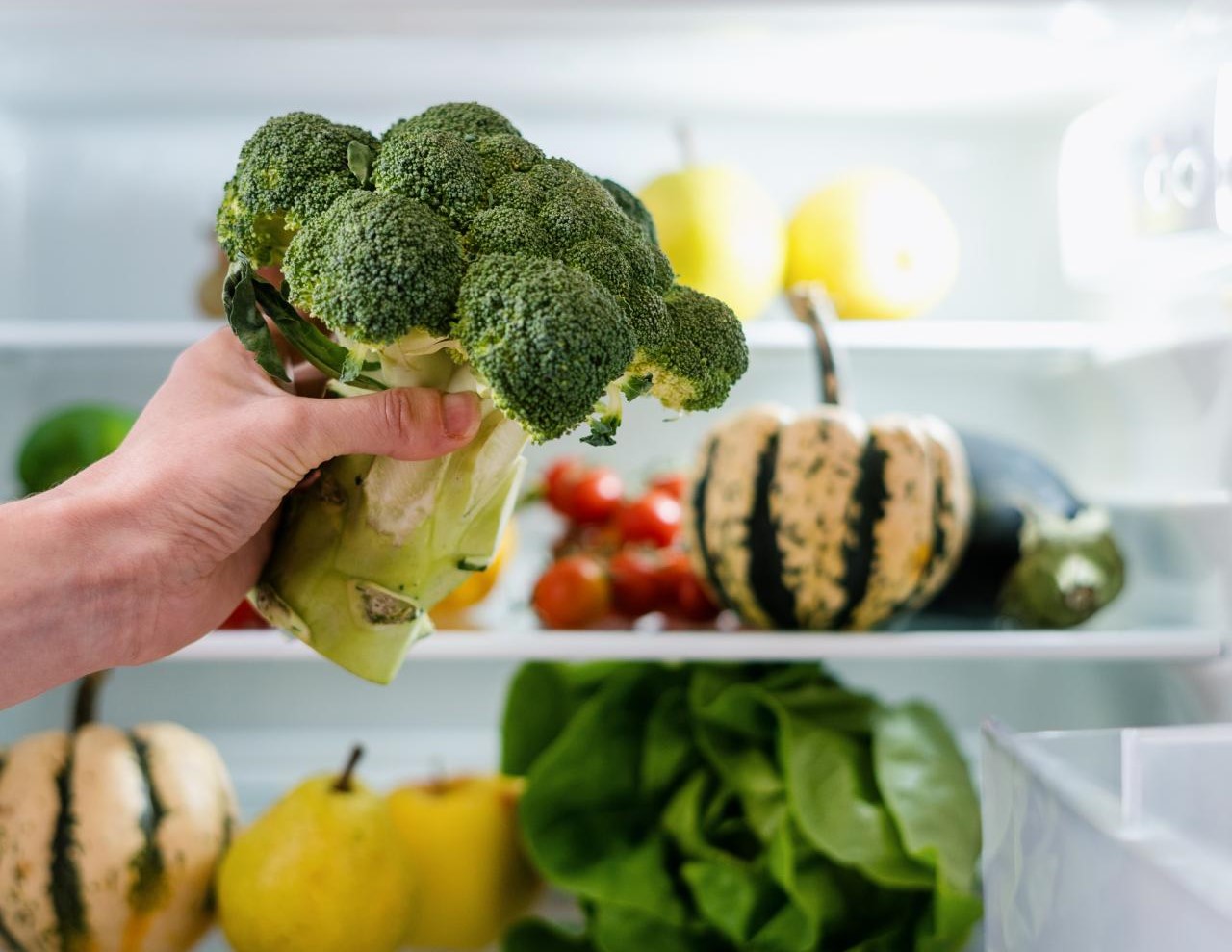
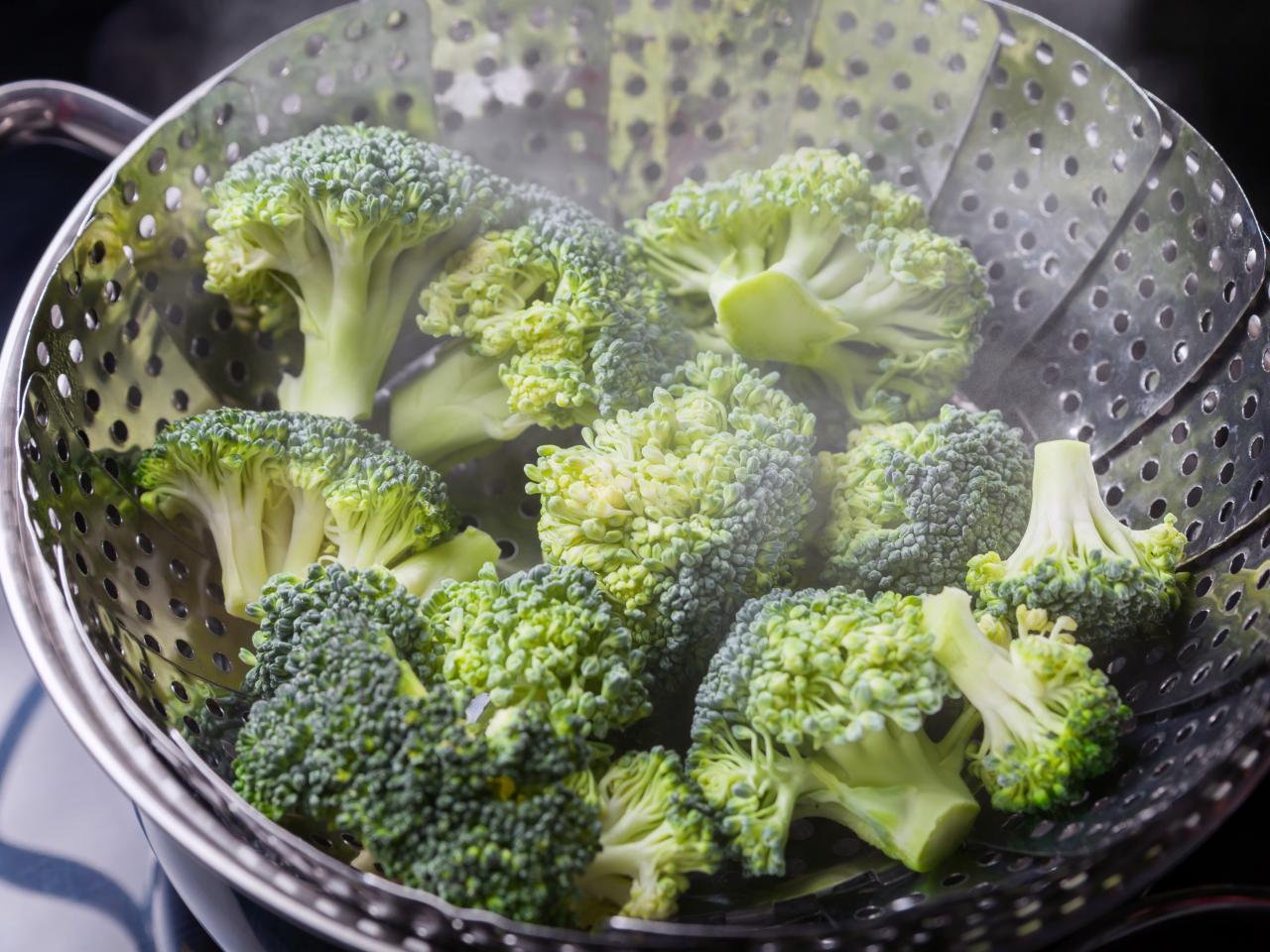
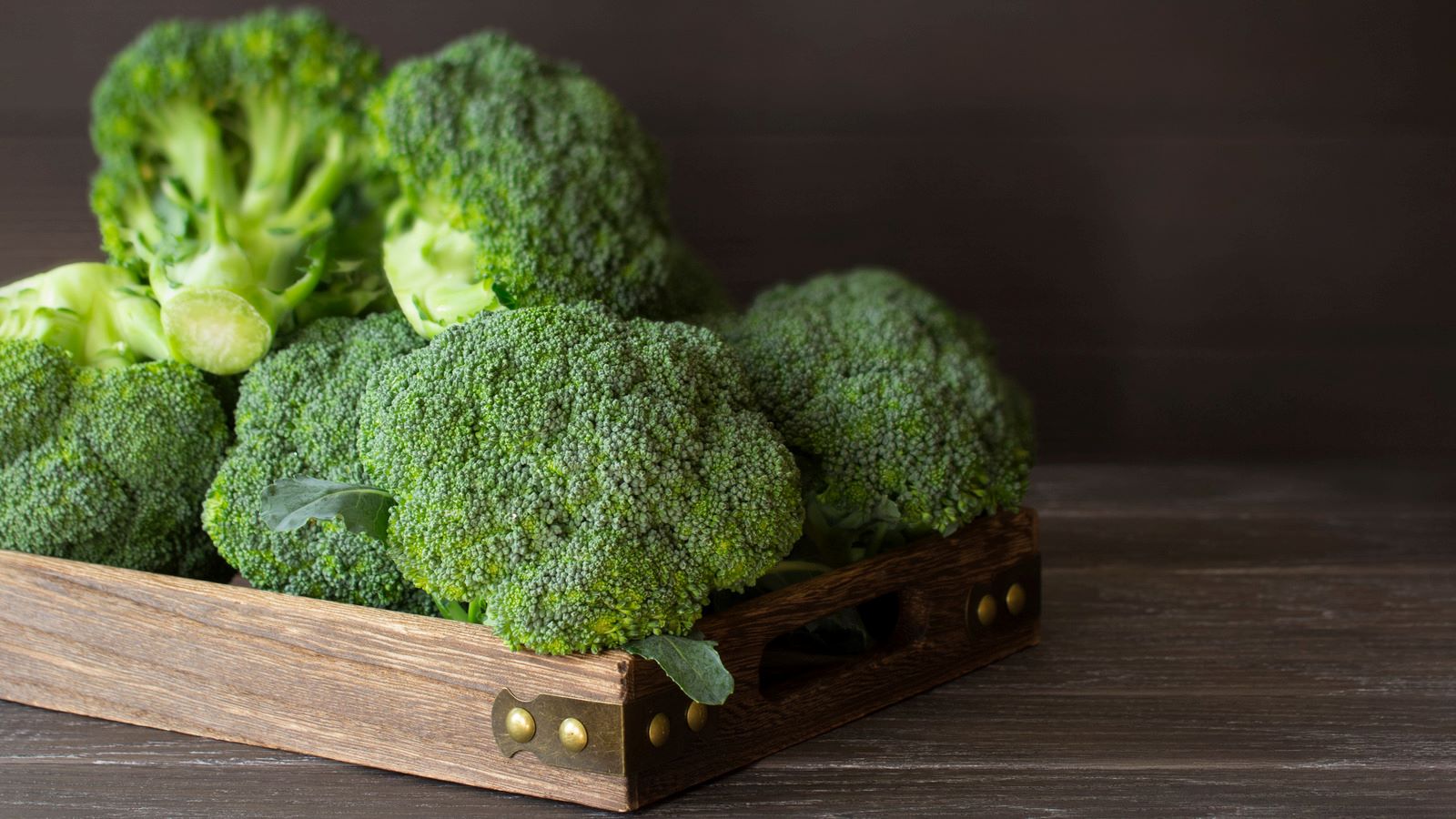
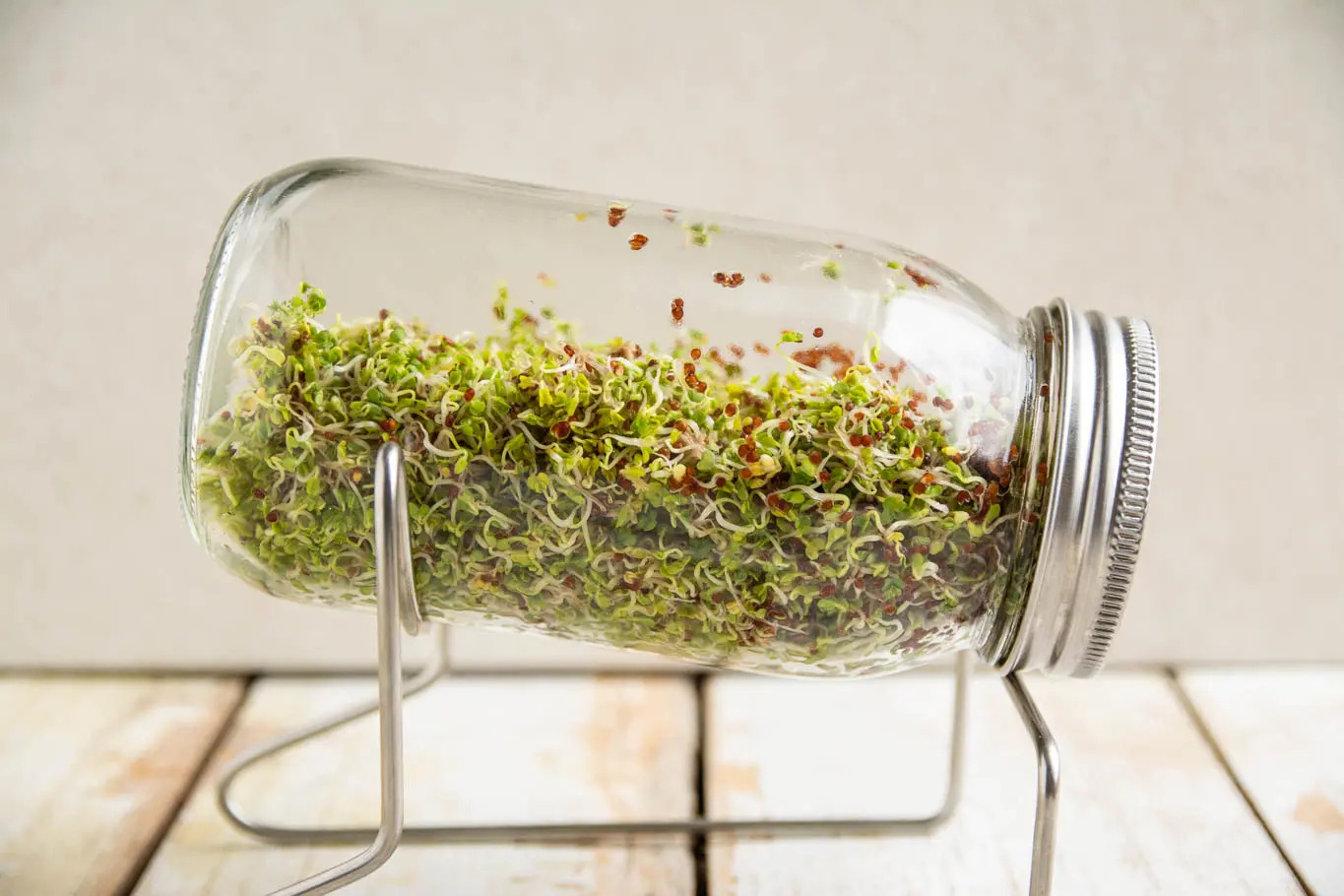
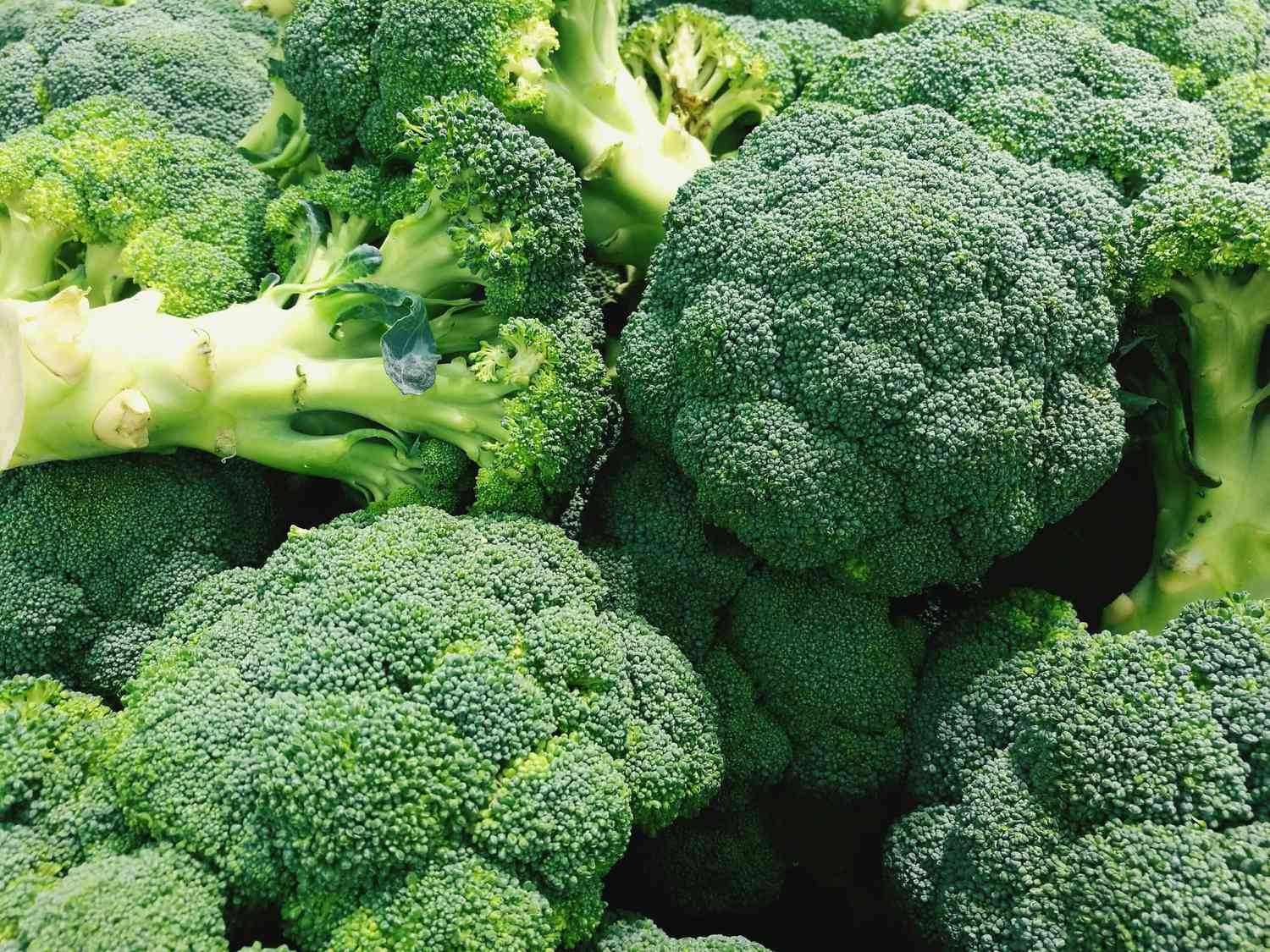
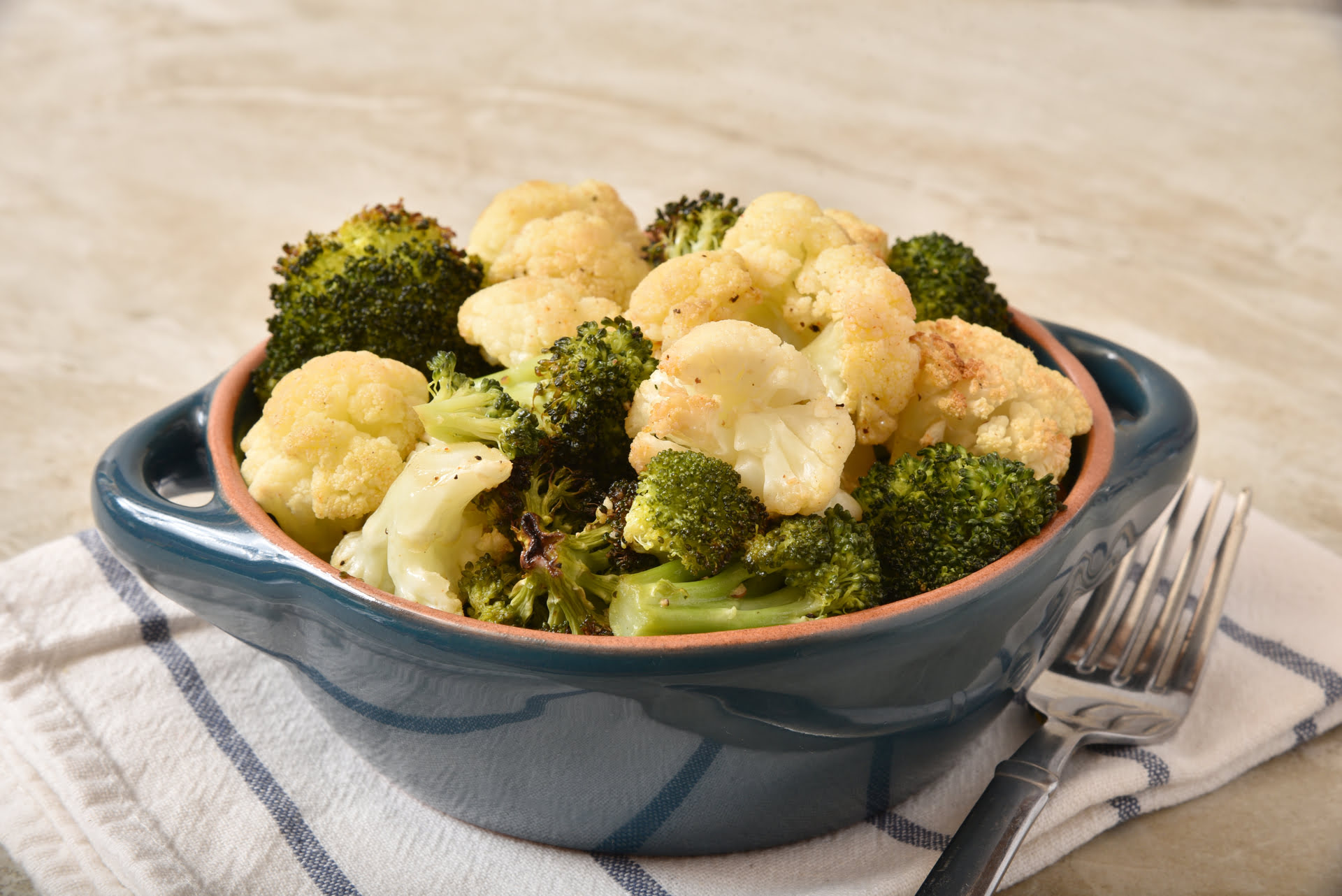

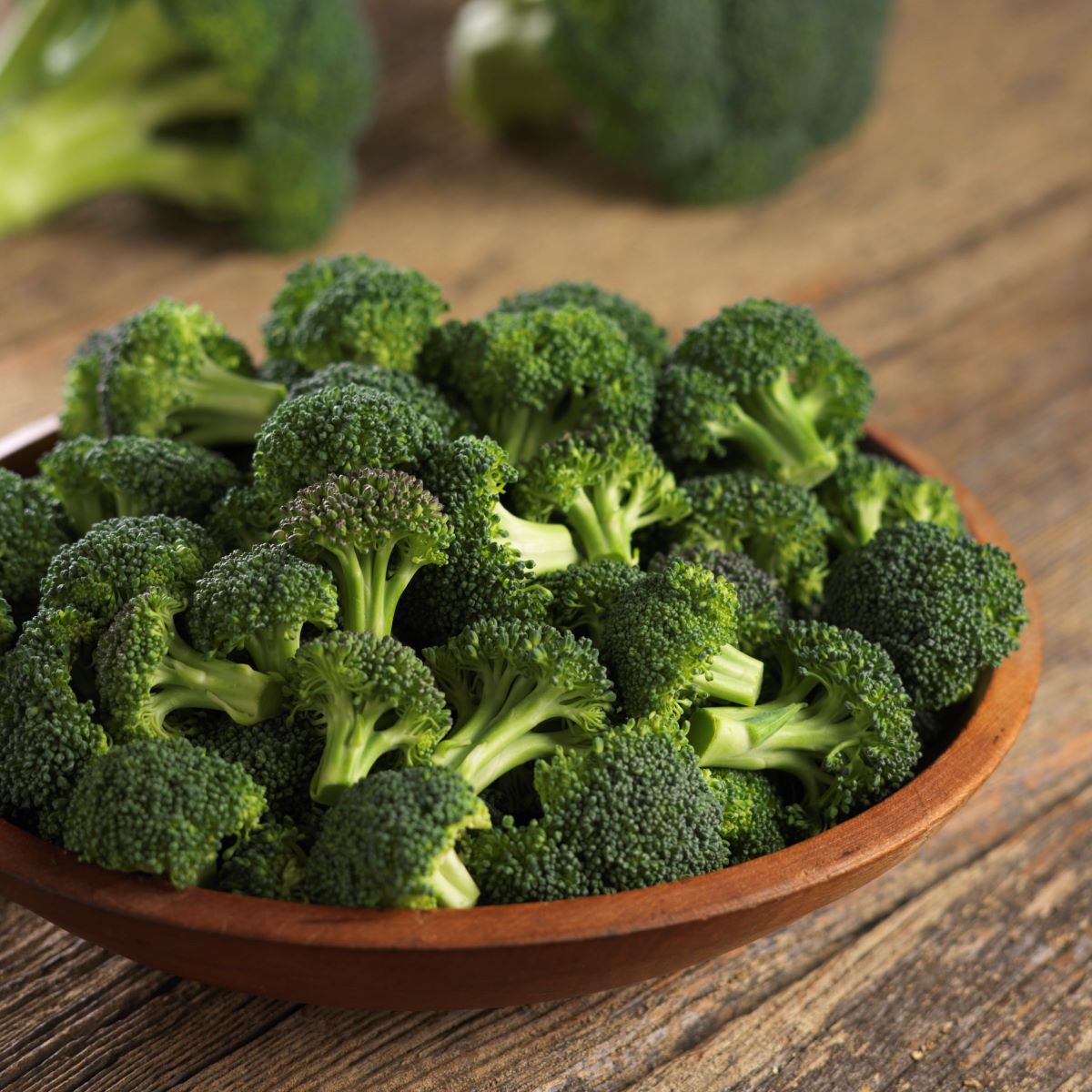
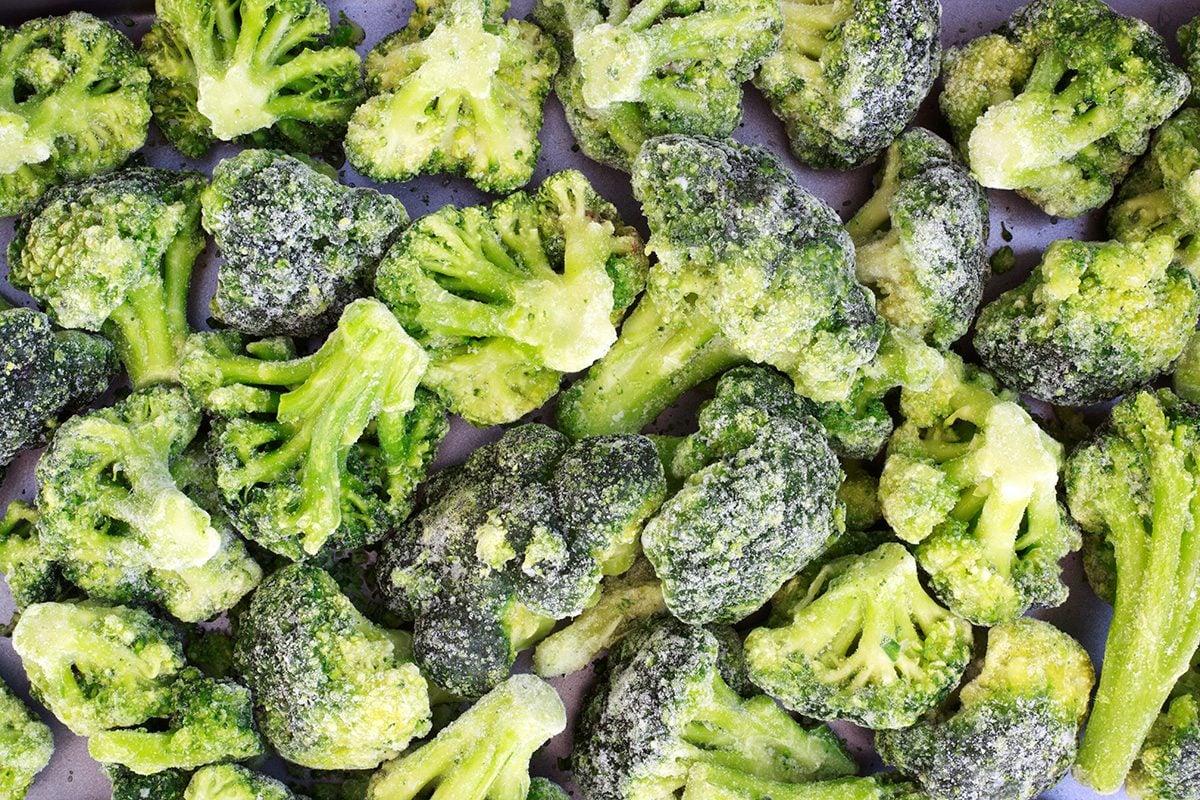
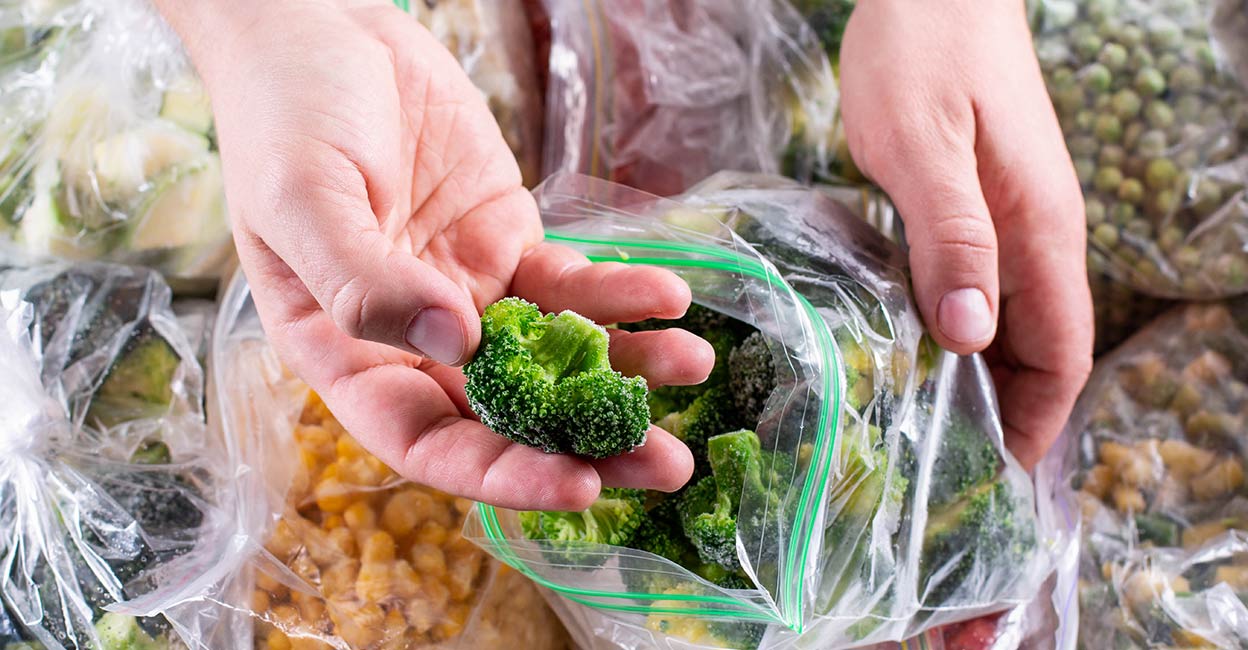
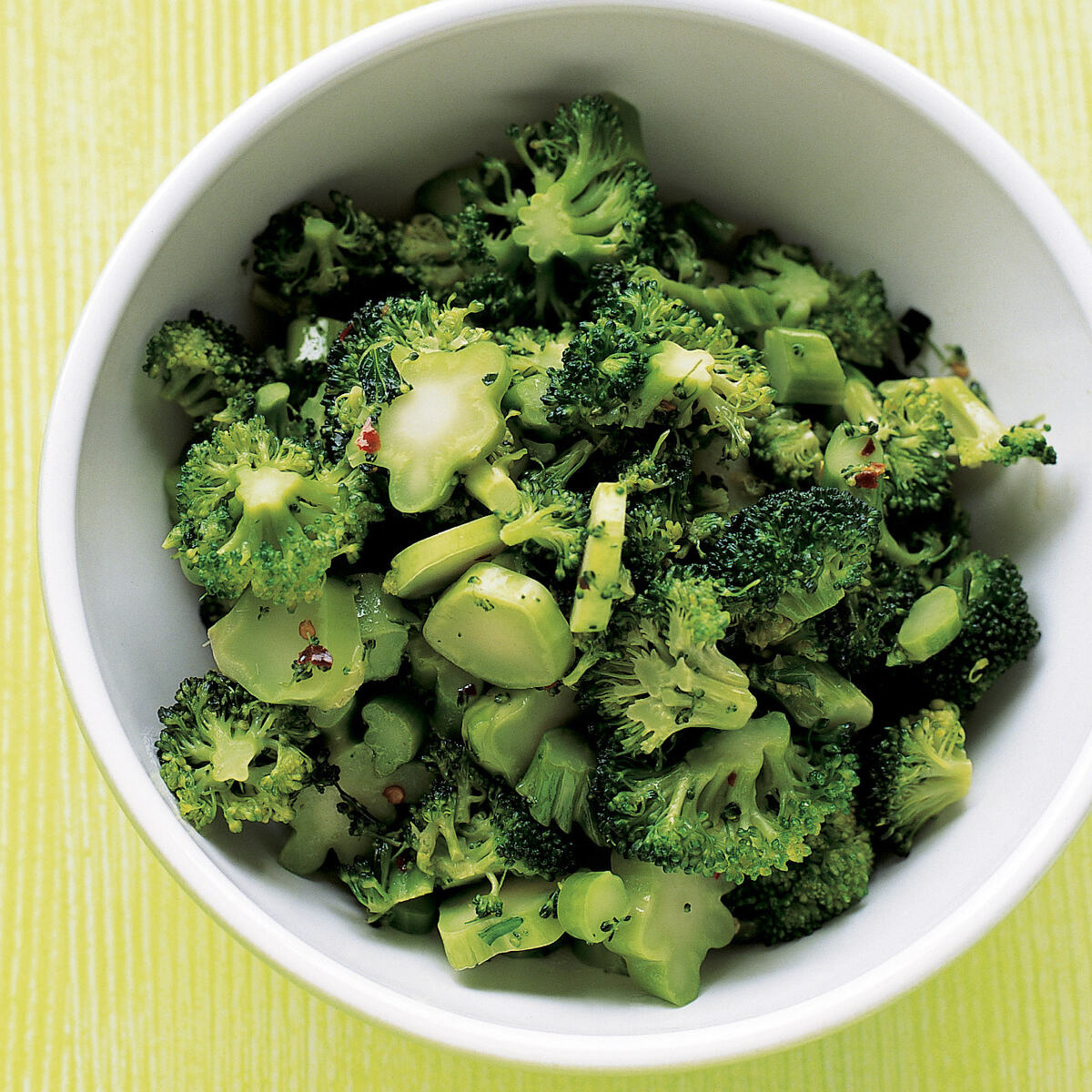
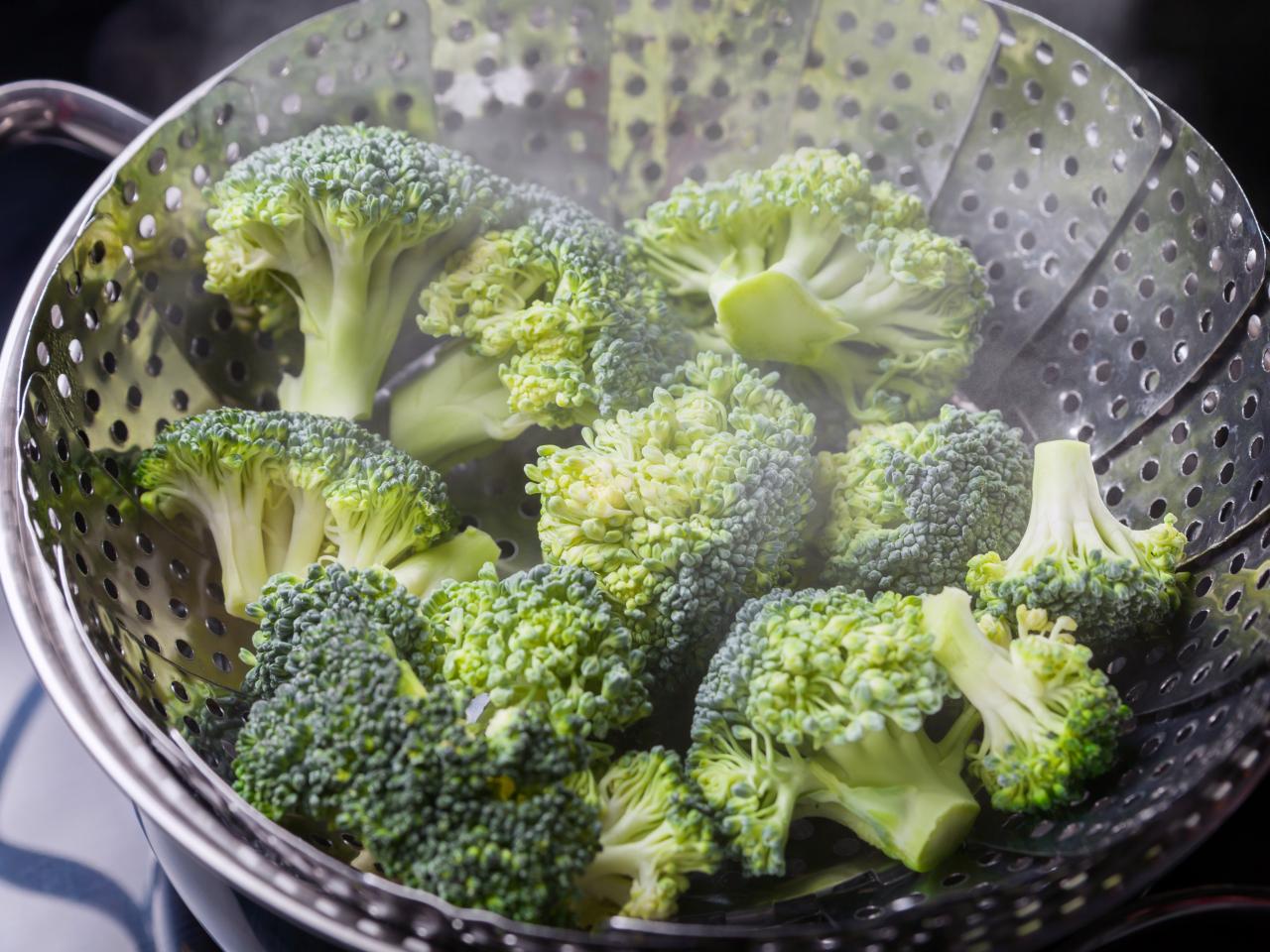
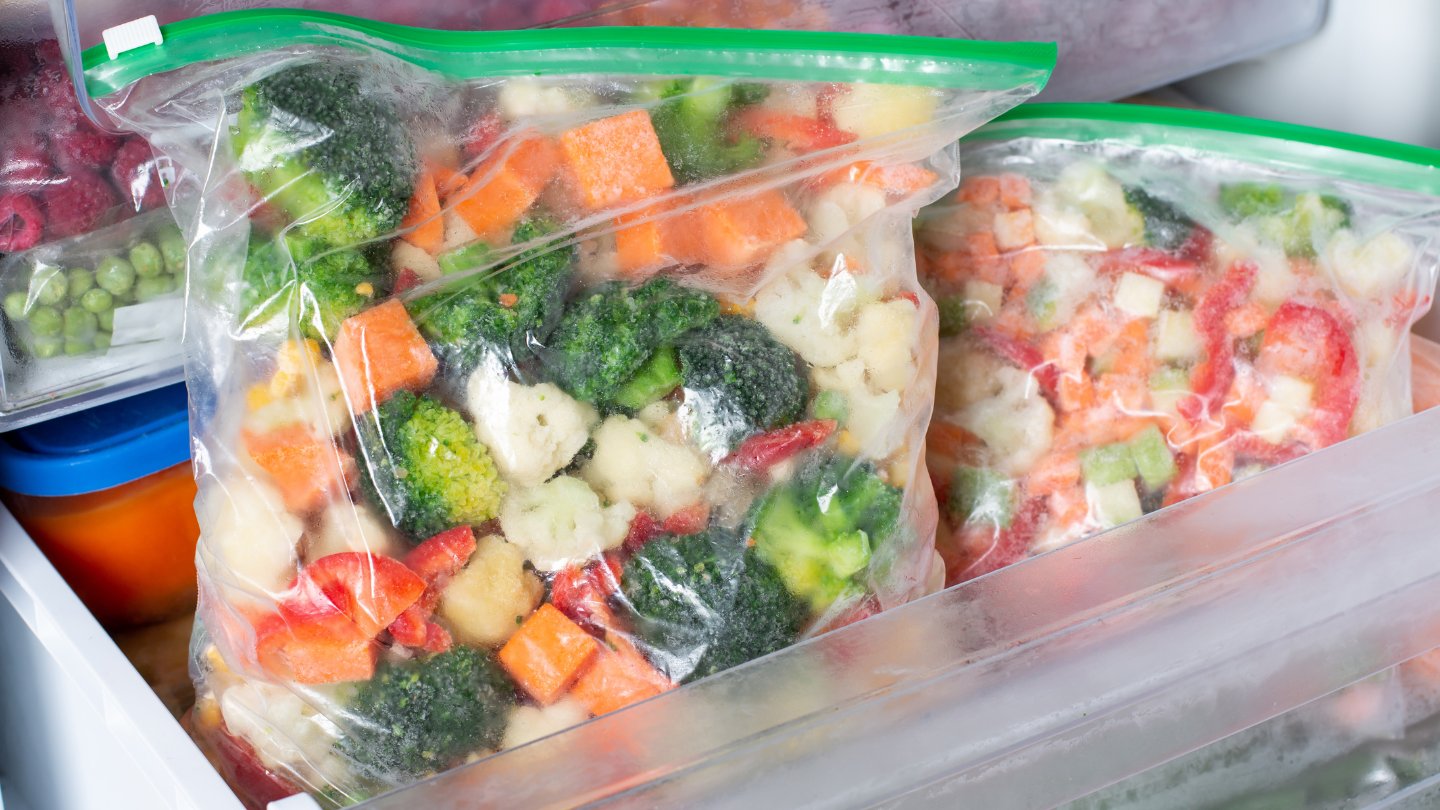

0 thoughts on “How To Store Broccoli Rabe”